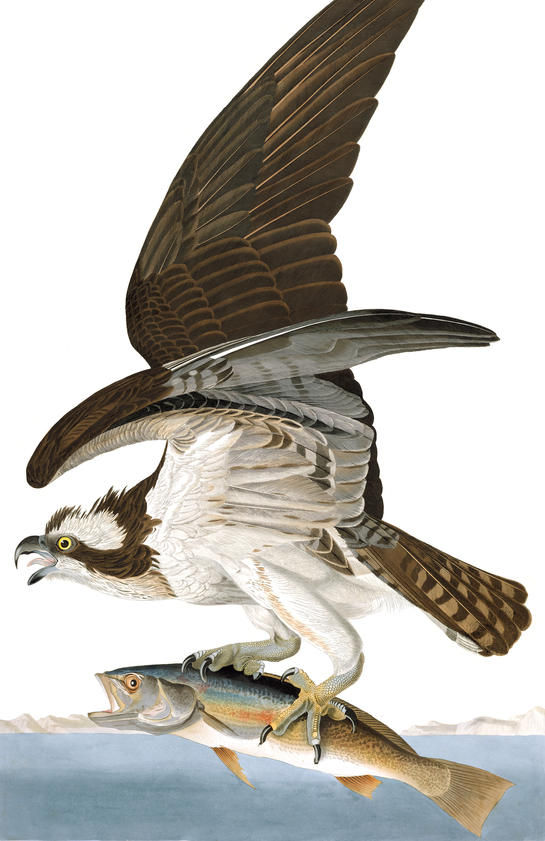Dr David Lowther on Art, Durham University, UK
- Dr David Lowther, Durham University, UK

- Nov 28, 2017
- 3 min read

'Whooping Crane' John James Audubon
The division between the arts and sciences is now so deeply entrenched that it is easy to forget that it is a relatively recent phenomenon. Yet the biological sciences, particularly botany and zoology, are intensely visual disciplines, marked by some of the most beautiful images ever made of life on earth.
My own research focuses on the intersection between art and science, the visual cultures of botany and zoology during the nineteenth century - crucial transitional years, when paintings and engravings played a vital role in helping Europeans to understand a natural world of ever-increasing and dizzying variety. Some of these paintings are so well-known to us, and so often displayed in a way that is entirely divorced from their original contexts, that they have become icons. A great example is John James Audubon’s glorious aquatints for the Birds of America (1827-1838), originally bound in vast, double-elephant folios, and intended to be viewed alongside textual descriptions that gave the reader information about the birds’ habits and habitats. They were scientific objects quite as much as aesthetic artefacts.

'Fish Hawk or Osprey' John James Audubon
It is almost impossible now to recreate this original viewing experience – it would be even more difficult were it not for digitisation. Only a few hundred complete sets of Audubon’s Birds were ever created. Of these, only a handful have survived and are worth millions of dollars on the rare occasion they come up for auction. Original, hand-coloured prints most often end up as wall decorations, framed and valued only for their decorative qualities. It is still perfectly possible to be awe-struck by their beauty, almost two hundred years after they were first published, and by Audubon’s success in (almost) conjuring life from the paper.
Yet to value these kinds of images just for their beauty is to miss their true wonder. Sadly, many are also valuable records of plants and animals that have not survived contact with humanity. For me, perhaps their greatest interest lies in the ways they were created: not simply as direct expressions of a naturalists’ knowledge, but the result of lengthy and often torturous co-operation between the naturalist and artist, artist and engraver, and engraver and colourist. They are records of ways of looking at nature that have, for professional scientists, been largely superseded - historical records of shifting epistemologies of the eye.

David Lowther is Leverhulme Early Career Fellow in the Department of History and Centre for Nineteenth-Century Studies at Durham University. His current research project takes a wider view of British zoological culture, focusing on colonial scientific networks between Britain and India during the high water period of the East India Company; the impact of Company visualisations of Indian fauna on the thought of naturalists back in Britain; and the place of these images within wider ‘orientalist’ explorations and conceptions of the sub-Continent. David is also Visiting Library Scholar at the Zoological Society of London, with a particular interest in the ZSL’s Hodgson Collection of Nepalese zoological images.
David is also an artist and below are some shining examples of his own artwork.

'Grey Heron' David Lowther
Pastel and charcoal on paper

'Goshawk' David Lowther
Pastel and charcoal on paper

'Sketch - Eurasian Crane' David Lowther
Graphite on paper
Want to know More?





Comments